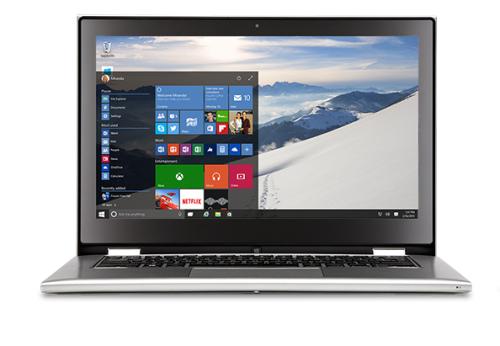
Microsoft really wants people to upgrade to Windows 10 when it comes out this summer. So much that Microsoft announced at an event in January that upgrading to Windows 10 would be free for a year.
But then what?
I had a chance to sit down with Aaron Woodman, senior director of product marketing at Microsoft, to get the skinny on the “Free Windows 10” offer.
To recap what we’ve known since the Jan. 21 Windows 10 announcement: Microsoft will provide an upgrade from Windows 7 or Windows 8 to Windows 10 for free, for a period of one year from the release of Windows 10. There are some important details to this deal that were revealed, and a few that weren’t. In my talk with Woodman, I got what I think is the definitive take on who will have to pay for Windows 10 and when, and who will not.
Versions you can upgrade from
The Windows 10 upgrade will be free and a one-step process for consumers using the current versions of Windows 7 (SP1) and Windows 8 (8.1). If you’re using an older version (Windows 7 or Windows 8 proper), you’ll have to upgrade to the current version first. Those upgrades are free, too, but Windows 10 won’t upgrade Windows 7 or 8 until it’s made current. That’ll make the upgrade a two-step process for users on older versions.
How long the offer will be good for
From one year after Windows 10 is launched, sometime this summer, you will be able to upgrade from Windows 7 SP1 or Windows 8.1 for free. But only if you are a specific kind of user.
The offer isn’t for everyone
The free-upgrade offer is for consumers upgrading their own computers. It’s not available to to users of enterprise licenses of Windows: If you want to upgrade the machine on your desk at your big corporate job, the free offer won’t apply. Your IT department won’t get a bunch of free upgrades to give out; they’ll have to pay for them. Likewise, PC manufacturers won’t get free licenses for Windows 10 to install on new, unsold computers. For these guys, and in general, “in no way is Windows free,” Woodman said.
After a year? Still free
Woodman clarified for me that if you upgrade your PC to Windows 10 with the free offer, you won’t be socked with a payment demand after some arbitrary period. Windows 10 isn’t “freemium.” It won’t convert from a free upgrade to a paid or subscription-supported operating system. He told me, clearly, “Once you’re on Windows 10, you’re on Windows 10, and there will be no additional charge.”
Related: See Microsoft’s Windows 10 site
Except for a very small number of users, that is
There are some individuals who won’t be eligible for the offer, but not many. He implied that even if you miss the one-year free-upgrade window, it’ll still be free: “Basically no consumers will pay for Windows 10,” Woodman said. Almost everybody will get the operating system either on a new PC (where the PC manufacturer pays for it), through work (where the company pays for an upgrade), or through the free-upgrade offer.
There are, though, “edge cases” that add up to a small fraction of Windows users. If you want a fresh copy of Windows 10 to install on a home-built computer or on a virtual machine (like Parallels or VMware Fusion on a Mac), you might have to pay for the operating system. Woodman said, “We never said Windows is free,” but also, “We haven’t made the decision” on whether it will be free for these users, nor what it will cost if it is not free.

No comments:
Post a Comment